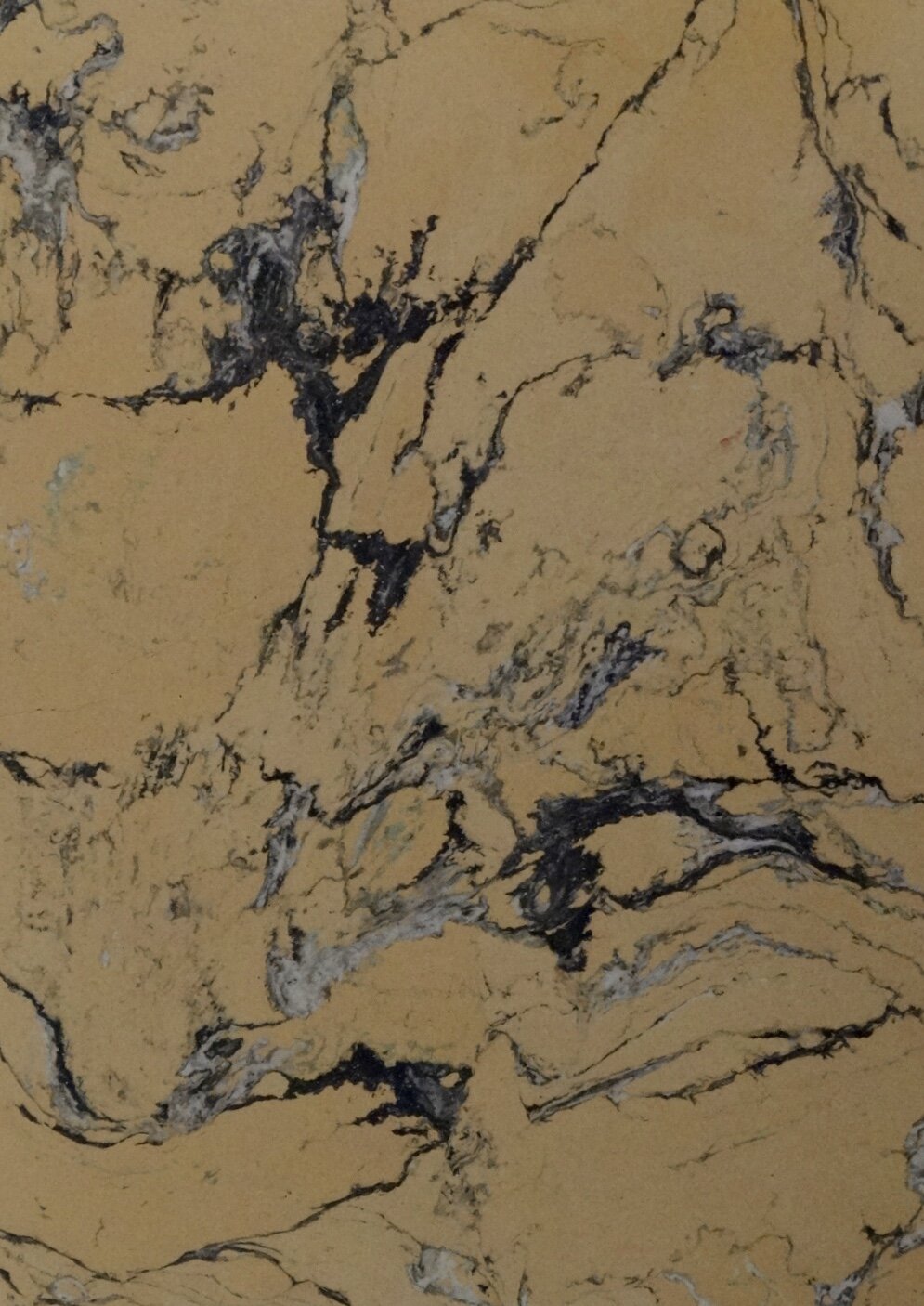Art of Deception
scagliola - tadelakt - lime plaster - cement














scagliola
Scagliola is a technique that was born in Capri, Italy in the 19th century and in Munich, Germany around that same period. In Capri, scagliola imitated marble, giving walls a pictorial effect, whereas in Germany scagliola was looked even more like actual marble. The basic materials used in scagliola are gesso, pigments (both natural or oxidized), and animal glues. These three components can give a perfect imitation of marble. Scagliola, also known as stucco marble, emerged as an architectural technique during the Baroque period. It was used to beautify columns, walls, and floors. This technique also involves inlay which has been used on alters and tables to imitate the “hard stone” technique. Once flat surface is made and image drawn, the gesso can be carved and inlaid which again will involve several stages of sanding and polishing creating a beautiful flat surface.










tadelakt
Tadelakt is a word derived from Arabic meaning to knead or massage. It is a traditional Moroccan plaster technique used to waterproof cisterns (for storing drinking water) and as a coating for wet environments such as fountains and hammams (Turkish Baths). The extraordinary impermeability of tadelakt is comparable if not superior to the cocciopesto mortars used by the Romans for the construction of aqueducts, cisterns, and baths. Tadelakt has been used outside in Morocco for over one-thousand years and survives today in some historic buildings. Tadelakt can be applied to walls and shower stalls transforming a space with its luxurious, silky feel. Hand-burnished for an eye-catching seamless and smooth finish, tadelakt is a specialized technique requiring unique knowledge and skill to guarantee a water-repellant surface. Visual movement and mottling are dependent on artisan skill and technique.

















lime plaster
Lime plaster textures can range from monochromatic to highly mottled, typically revealing an organic suede-like sheen. Granular sand plasters richly resemble concrete or sandstone. The sheen can be matte to satin gloss. The surface can be left smooth or pitted as well as tinted to a wide variety of colors.
Our lime plaster contain no petrochemicals, fragrance, VOCs, or chemical additives. Zero VOC means our plasters are free of toxic, carbon-based solvents that pollute the air and pose health risks.






cement
Cement is a plaster comprised of limestone-cement, coarse sands, and aggregates. The finished look varies vastly from a sandy texture to a look that emulates honed stone. The sheen can be customized and vary from matte to satin gloss, and the surface can be left smooth or pitted. Cement plasters can be carved, cast and molded, and easily tinted to a wide variety of colors despite its natural limestone composition. Finished colors can range from monochromatic to substantially variegated, suitable for both interiors and exteriors. It can be applied to walls, floors, counters, and shower stalls.

